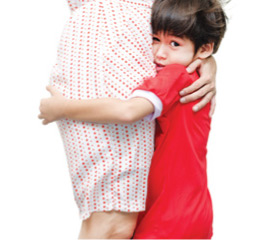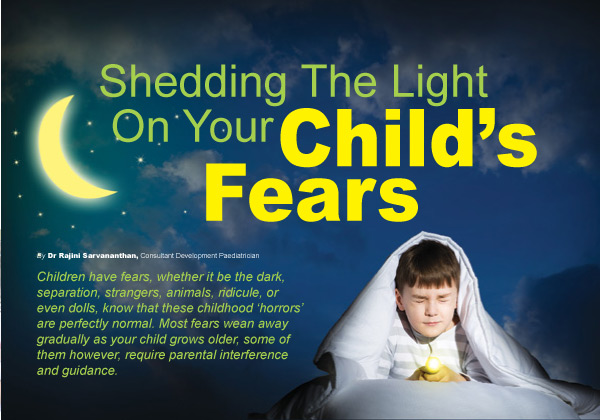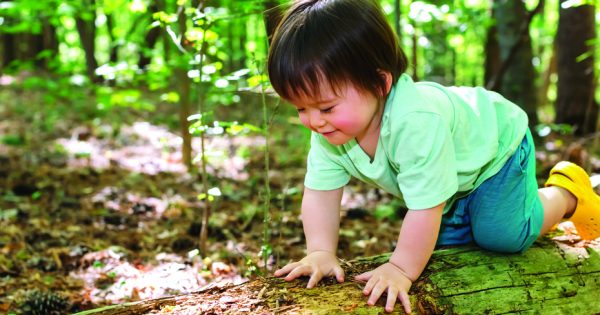Children have fears, whether it be the dark, separation, strangers, animals, ridicule, or even dolls, know that these childhood ‘horrors’ are perfectly normal. Most fears wean away gradually as your child grows older, some of them however, require parental interference and guidance.
Fear, Anxiety And Phobia
Fear is an emotional response induced by a perceived threat. These threats may not only be physical (i.e. fear of fang-toothed creatures or heights), it can also be psychological (i.e. fear of ridicule or failure), both of which can cause a person to feel anxious, distressed or agitated.
On the other hand, anxiety is often described as a state-of-mind, a disorder which results in the feeling of nervousness, apprehension and worry. Mild anxiety is normal, something we all experience for instance right before an interview or on stage to perform or give a speech. However, the same situation to a person with severe anxiety can be extremely deleterious, sometimes to a point where it becomes mentally and physically paralyzing.
Sometimes fears can become so extreme, persistent and focused that they develop into phobias. A fear becomes a phobia when you need to adjust your lifestyle to manage it. Phobias are strong and irrational fears which often interfere with a child’s daily activities.
Fear Is Age Specific
In 2010 a review by Boyer and Bergstrom suggested that there exists an elaborate but structured pattern by which certain typical fears surface at different periods in a child’s development.
| Age | Fears |
|---|---|
| Infants 6-12 months | stranger anxiety, sudden appearance of large objects and noises, separation from parents |
| 1-2 years | large animals and objects, sudden changes in personal environment, dark rooms, separation from parents |
| 3-5 years | dark rooms, large animals, bodily injuries, bad people, masks, separation from parents |
| 6-9 years | dark, monsters and ghosts, accidents, being alone, bad people |
| 10+ years | punishment, bad grades and failure in school, personal relationships, crimes (e.g. kidnapping, being robbed, etc), family concerns |
Infants
As a baby, your child is unable to freely move about or take evasive actions when feeling threatened which is why he relies solely on your presence to keep safe. Therefore, your absence and/or presence of other adults (strangers) prompt an initial sense of fear. Stranger anxiety, as it is referred to, develops early into infancy and may persist till the child reaches his toddler years.
Parents should be more engaging with their child, be more physical and verbal with the child when bonding to associate your presence as being soothing, warm and relaxing. This creates trust which is a strong precursor in parent-child relationship. It would also help if you had a daily predictable routine and limit the number of caregivers so that they may be familiar with just a few people for the first few years.
Early Childhood (18 months – 5 years)
Now that your child is able to crawl, walk and run, he has a whole new world to explore and discover. During this time he would have encountered various threats of which he may not be able to effectively neutralize or evade and will still rely on your protection. Allow your child to explore and reassure him if certain fears develop. Do not overprotect your child.
Another common fear for children this age is separation anxiety, the feeling of being abandoned for periods of time is still present but once your child is able to understand that you leaving him is just temporary and that he is certain you will be back for him later, the fear will wean itself out. Avoid leaving your child when he is looking away or not paying attention, he will inevitably know you are gone, as hard as it may seem, announce your departure and let him know you are leaving but will return for him later.
Middle to Late Childhood (6 – 12 years)

The most typical fears during this time is monsters and intruders, more specifically predator-like animals which originate largely from folklore tales and stories or cartoons. Besides that, they may develop fears of germs, bacteria and illnesses as well where they associate all illnesses as contagious regardless. In addition, you may also see signs of social anxiety start to emerge as their social pool consisting of peers starts to grow larger.
Furthermore, experts believe that children learn negative thoughts cause bad feelings before they learn that positive thoughts bring good feelings. Even though preschoolers are able to distinguish these thoughts, they are less likely able to redirect their attention away from their thoughts, which is also why talking your child out of their fear is unproductive.
Do not teach your child to avoid their fears, facilitate in confronting them together as a team. Your initial support serves as an example, which he/she will try to emulate and gradually wean from those more imaginary fears.
Adolescents (13 – 19 years)
The main developing fear during this age is social threats. Children seek social support from amongst their friends which is why the betrayal of a friend, the loss of one or the alliance of known friend to a known enemy is cause for intense anxiety. Central to social threats are the loss of status, peer victimization, and competition for romantic success.
At this stage, parents may start to approach the teen in a more mature manner and allow their child to openly explore their feelings, thoughts and behaviour. Talking to them and listening to their troubles as well as giving your own experience and advice may help ease the child’s concerns and possibly provide them with options for a solution. Teens may not only rely on parents for guidance, other extended family members and peers may also be a source for counsel. Nevertheless, parents should always keep a watchful eye – and if the problem is too severe, should also consider professional psychological help for their child.
In essence, parents should establish an atmosphere of trust and open communication early in the child’s life. Parents should also not take their child’s fears too lightly, be empathetic towards their feelings and respond affectionately but also make sure you are not overly protective. Above all, it would be in the best interest of the parent to educate the child on their fears and what they can do to overcome them.
An educational contribution by Malaysian Paediatric Association.







Comments